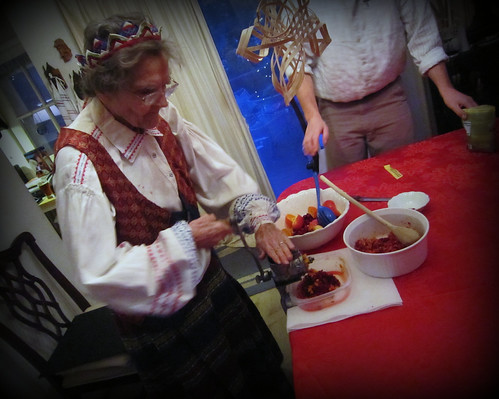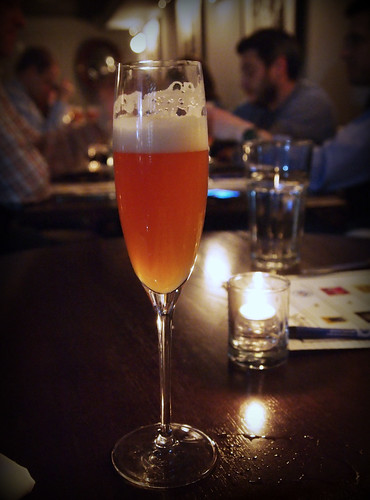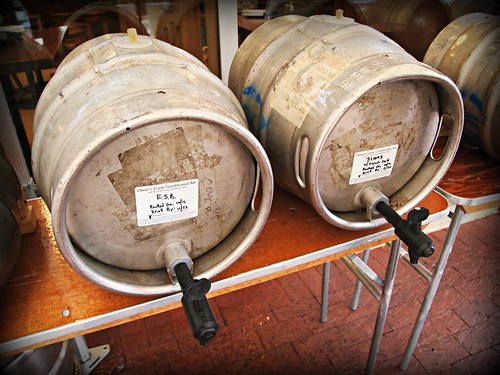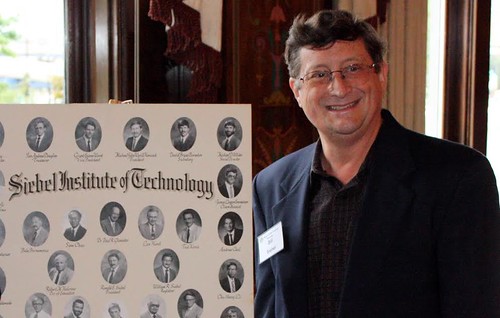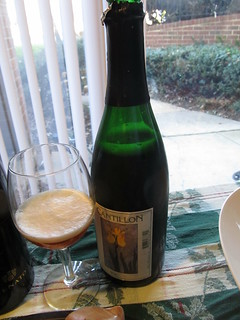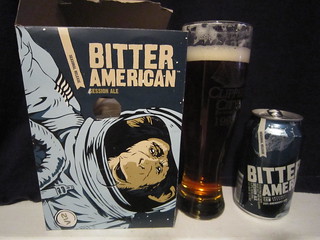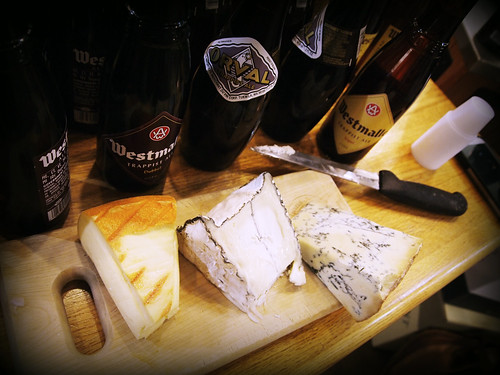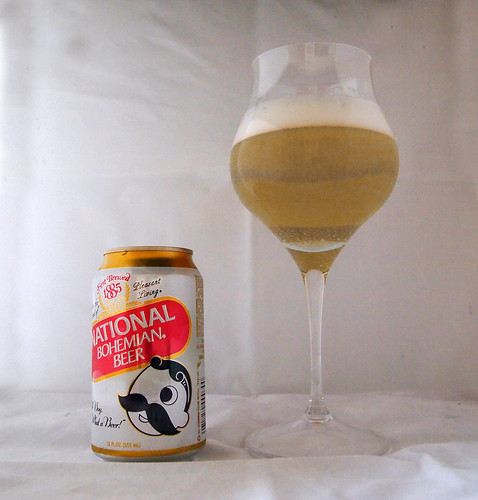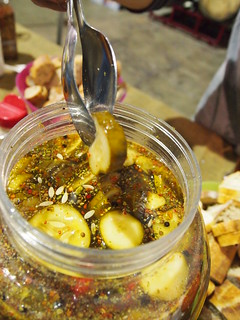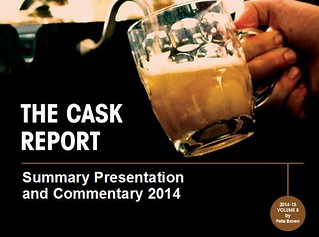
A bi-weekly, non-comprehensive roundup
of news of beer and other things.
Weeks 46/47
8 November - 21 November 2015
- 21 November 2015
The Thanksgiving holiday is third among U.S. holidays for 'craft' beer sales; Christmas, second; Independence Day, first.
—Via YFGF. - 19 November 2015
The U.S. National Oceanic and Atmospheric Administration forecasts that the upcoming El Niño could be the biggest in recorded history.
—Via Quartz. - 19 November 2015
What's old is new again: a brief history of "pale ’n hoppy" bitters in the U.K.
—Via Jessica Boak and Ray Bailey, at All About Beer.Some of the best beers being made in Britain today belong to a style that has no name. They are the colour of pilsner, usually made with only pale malt, but they are not mere ‘golden ales’—‘golden’ is not, after all, a flavour. They have extravagant, upfront New World hopping suggesting tropical fruits and aromatic flowers but they are not U.S.-style India pale ales because their alcoholic strength is likely to be somewhere between 3-5%. Though this might sound like a description of U.S. session IPA, beers of this type have been around in the U.K. for more than 20 years. If they are given a name at all it is usually a variation on the simply descriptive ‘pale ’n hoppy. [...] These two distinct traditions—U.K. pale ‘n hoppy is traditional session bitter with a glamorous makeover, whereas American brews [session IPAs] are big beers reined in—have ended up in a remarkably similar place. - 16 November 2015
Wine conglomerate, Constellation, of New York, purchases Ballast Point, a 'craft' brewery in San Diego, California, for one billion dollars.
—Via Los Angeles Times. - 15 November 2015
'Craft' beer micro-canning pioneer Jamie Gordon has died, at age 56.
—Via All About Beer. - 15 November 2015
U.S. Senators send a letter to U.S. Attorney General Loretta Lynch expressing small breweries' concern about Anheuser-Busch InBev's pending purchase of SABMiller.
—Via Senator Jeff Merkley (Democrat, Oregon).The Senators raise concerns that AB InBev may try to use the acquisition to increase its already dominant market position, possibly by constraining distribution channels in order to crowd out smaller beer companies. Some reports have already suggested that the company uses its large market share to put pressure on distributors to favor AB InBev products, which could potentially be deemed an exclusionary and illegal practice. - 13 November 2015
ISIS terrorists attack Paris, murdering 129 people.
—Via Washington Post. - 12 November 2015
"BrewDog drinkers really are drinking the marketing first, the beer second." British beer historian Martyn Cornell reviews "Business for Punks," the just-published “how we succeeded and how you can too” guidebook from James Watt, the co-founder of Scottish 'craft' brewery, BrewDog.
—Via Zythophile. - 11 November 2015
AB InBev's purchase of SABMiller is about the African and Asian beer markets. The American market is an afterthought.
—Via YFGF. - 11 November 2015
World War I ended on "the 11th hour of the 11th day of the 11th month," of 1918. In America the day is commemorated as Veterans Day.
—Via U.S. Department of Veteran Affairs. - 11 November 2015
The [U.S.] Brewers Association weighed in on the AB InBev purchase of SABMiller.
—Via Brewers Association.The size and scope of the ABInBev business has many ramifications for the U.S. beer industry, even with the divestiture of the MillerCoors joint venture. The most obvious is that ABInBev is still by far the largest brewer and beer distributor in the United States. It is vital for the continued success of small brewers that we have access to market with an independent and competitive middle distribution tier. [...] ABInBev’s new international footprint and scale give the company greater influence over commodities used in brewing and many other facets of the beer industry that could affect competition in the U.S. market. - 11 November 2015
Anheuser-Busch InBev makes formal $107 billion offer for SABMiller. http://bloom.bg/1llmZob
—Via Bloomberg. - 8 November 2015
MolsonCoors appears to be the front-runner to acquire MillerCoors for purported $12 billion dollars, pending SABMiller's divestment of its 58% share. MolsonCoors currently holds the remaining 42% share.
—Via Just-Drinks. - 8 November 2015
Beer educator, Bill Siebel, has died at age 69. Past CEO of historic American brewing School, Siebel Institute of Technology.
—Via YFGF.






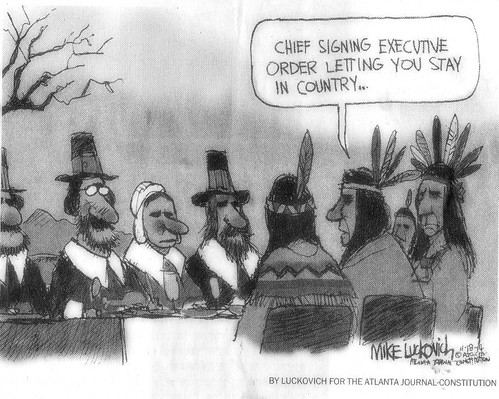
.png)
